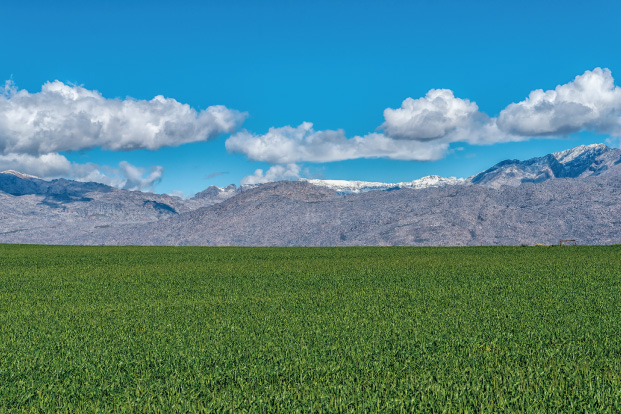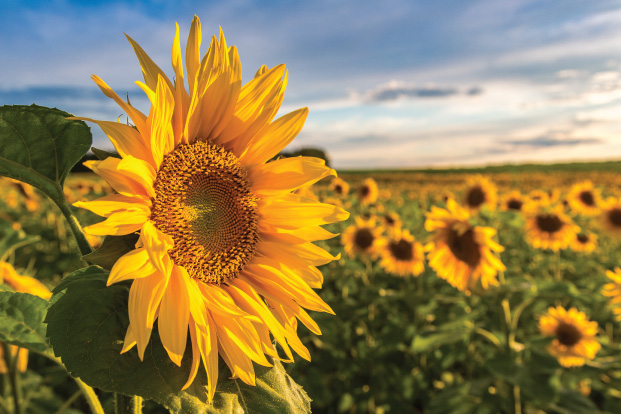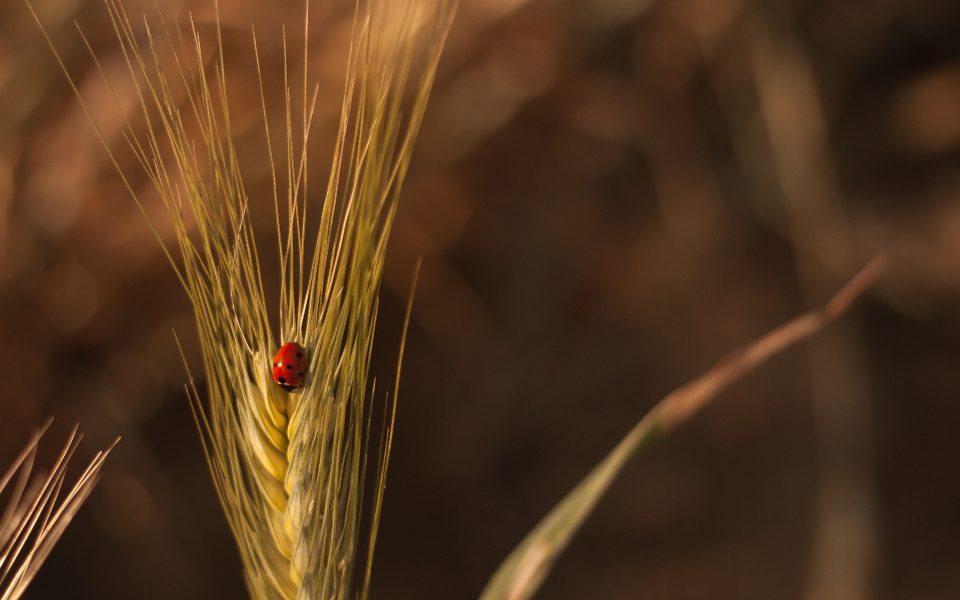Sugar cane production declines

Soft citrus volumes up
June 29, 2016Sugar futures surge to 4-year high
July 6, 2016
As a result of the ongoing countrywide drought, South African cane production declined during the 2015/16 season by more than 16.3% to 14.81-million tons, following an 11.4% reduction recorded in the previous season. “The decrease will impact on the sustainability of the rural economy in both KwaZulu-Natal and Mpumalanga,” said South African Cane Growers Association (SACGA) chairperson Tim Murray at the association’s eighty-ninth annual general meeting on Wednesday.
Having recently completed its yearly surveys, including the large-scale grower and cost productivity surveys, the SACGA economic research department also found that real revenue per hectare decreased by 4% and real operating expenditure decreased by 4%, which led to a 5% decrease in real earnings before interest and tax. The SACGA’s research also concluded that growers may have slightly reduced total labour hours as a cost-saving initiative during the drought period. Murray noted that 2015/16 would be remembered as the year in which the effects of El Niño became more evident, with drought-stressed cane being more prone to eldana (moth) infestation. The SACGA also highlighted this year as the year in which the world sugar market transformed from a five-year structural surplus to a deficit.
Sugar Market
According to the Southern African Customs Union, total South African sugar sales to the local market, including Botswana, Lesotho, Namibia and South Africa, increased by 1.53% compared with the 2014/15 season, a large portion of which could be attributed to sustained demand from industrial customers. The SACGA added that the European Union sugar policy reform made this preferential market less lucrative for Southern African Development Community suppliers, who continued to take advantage of their quotas to supply the South African market, which curbed South African sales growth. Moreover, the International Trade Administration Commission set the dollar-based reference price for sugar at $566/t in April 2014. This increased tariff protection, compounded by the weakening exchange rate, which had effectively kept imported sugar volumes “within acceptable levels”.
Development and Sustainability
The SACGA noted that it was “acutely aware” of the challenges facing sugar cane growers, promising that it would continue in its endeavour to find ways to assist farmers, improve communication and promote diversification. Further, the SACGA introduced a process to the yearly congress meeting to improve communication between the local grower councils and the SACGA board. Through this process, the association aimed to identify and address local and strategic needs through monitoring the local and central work programmes. The SACGA also registered profit-making company Womoba to manage the roll-out and commercialisation of innovative projects aimed at addressing the sustainability of all sugar cane growers. These included a biogas project focused on research opportunities in the food and beverage market, as well as an investigation into the on-farm efficiencies in sugar cane farming through the use of various technologies. “Unfortunately, we have not made any meaningful progress with renewable energy, which is disappointing. And, although the request for proposals for cogeneration of electricity from sugarcane fibre has been released, with the initial proposal based on small-scale projects, the maximum price is set at R1.20/kWh, and it does not regard any job creation or other social investment criteria, which is a great pity,” said Murray. Meanwhile, the association this year completed a project focused on helping farm workers, especially small-scale growers, looking for cost-effective ways to provide for unexpected illness and death. Murray added that, despite these challenges, the SACGA and the industry at large remained committed to serving the interest of all growers, to ensure the creation of thriving rural communities while contributing to the economic development of South Africa.
Source: Creamer Media’s Engineering News



